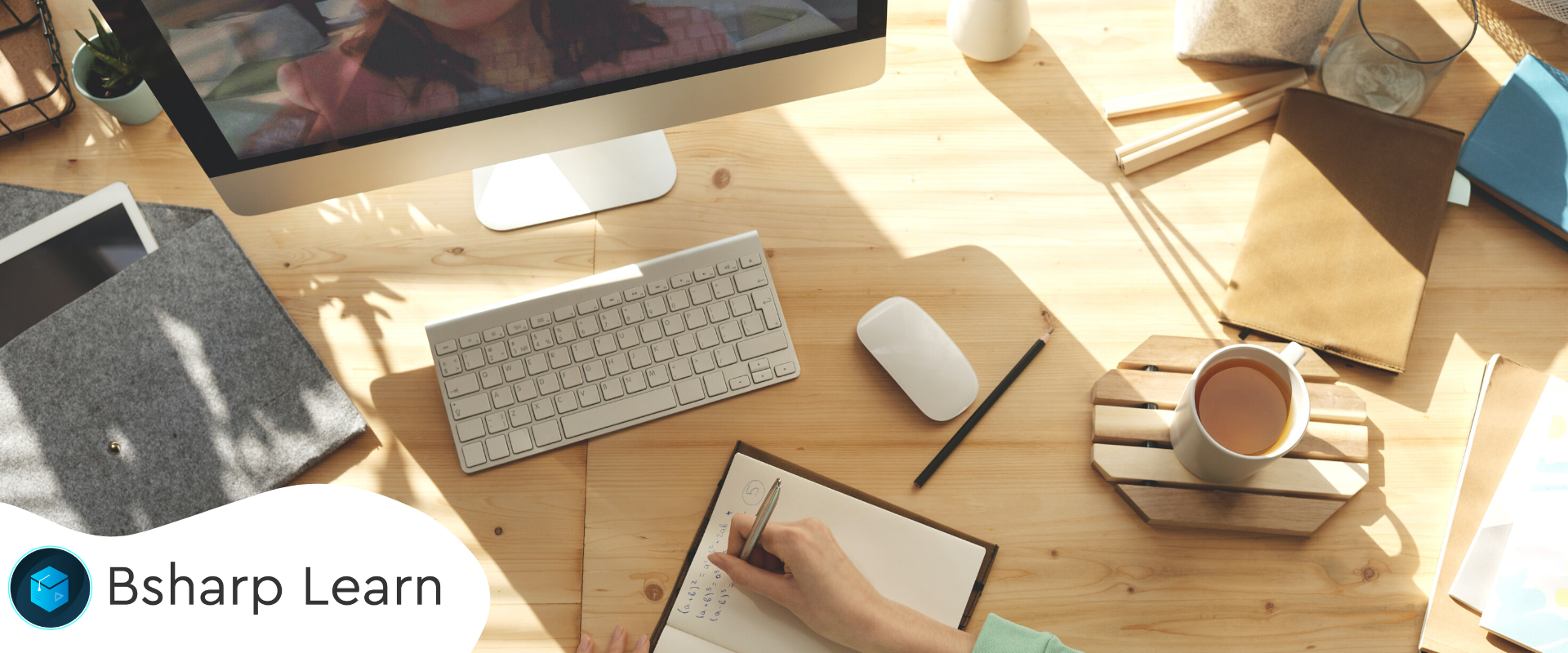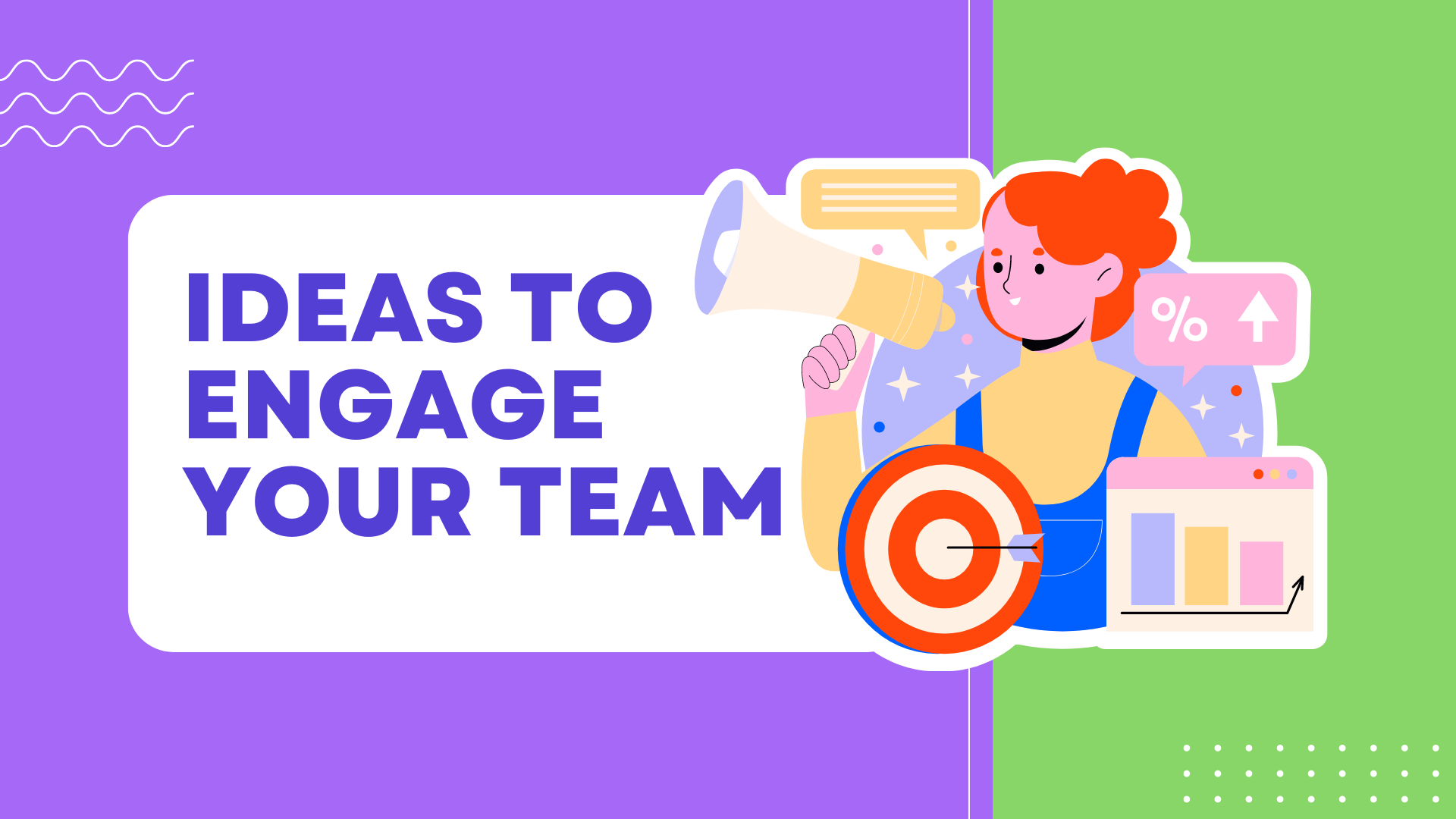Creating a Continuous Learning Program for Your Frontline
Creating a Continuous Learning Program for Your Frontline

Your frontline employees are the first to interact with your customers, understand their requirements and get direct feedback from them. Keeping them up to date with market and product changes is crucial. Investing in their continuous improvement is the only way you can achieve this.
According to LinkedIn’s Workplace Learning Report, 59% of L&D heads think upskilling and reskilling will be their top priority this year. In our experience, creating a continuous learning program will be key in helping your frontline employees do their job better. In this blog, we will share a few ideas on how you can create a good learning program.
This is the first of our five-part series, where we break down the basics of creating a successful learning program.
What is continuous learning?
What is continuous learning?
Continuous learning is the ongoing expansion of knowledge and skillsets. In the workplace, it is about developing new skills and knowledge, while also reinforcing what has been previously learned. This will help you better enable your teams to deal with the constant market and product changes.
How to create a good continuous learning program?
How to create a good continuous learning program?
There are three questions you ought to ask yourself before you begin your continuous learning journey.
- What are my business goals?
- Who are my learners?
- What does it take to sustain my continuous learning program?
Answers to these questions are key to arriving at the details for the key aspects highlighted below.
- Creating a learning plan: You need to think about what kind of content you want to deploy, how frequently you will be deploying this content, and to which target groups. This plan also needs to take into account the learning goals of each employee and map them to the goals of your company.
- Content plan: Based on what your learning goals are, you will need to create a content plan for your program. Cover aspects such as content categories (content to learn, engage and for reference), content launch cadence and content formats that work for your team.
- Regular assessments: Consider taking regular assessments to gauge the efficacy of your learning program. You will be able to understand the areas of strength and improvement and will be able to tweak your learning program to fit the needs of your team.
- Improvement plans: Regular assessment will give you key insights into how your team is progressing. You will need a feedback and training content plan to address and plug any knowledge gaps.
- Motivating them to learn continuously: You can use tools such as daily quizzes, contests and group discussions to keep levels of interaction high. Tying good performance to rewards and perks can go a long way in improving your frontline’s motivation and performance.
- Making all your content accessible: Your plan has to reach every member of the frontline. Investing in a good frontline learning platform will go a long way. Measurability is another important factor. Frontline enablement platforms such as Bsharp Learn provide detailed analytics around program health, learning patterns, consumption analytics and areas of improvement. These metrics will keep your program and your team’s learning on track.
The big benefit.
The big benefit.
Your frontline will be able to adapt to changes in the market. With you feeding regular and more importantly, relevant information at a steady cadence, your frontline will be able to absorb it steadily and apply it on the field.
